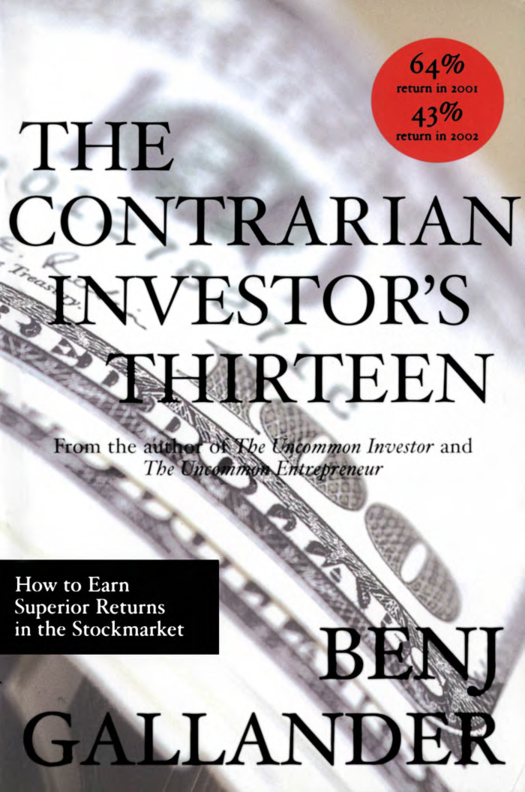A contrarian investor s useful lessons in spotting undervalued stocks The Globe and Mail
Post on: 28 Апрель, 2015 No Comment

Norman Rothery is the value investor for Globe Investor’s Strategy Lab . Follow his contributions here and view his model portfolio here .
Hundreds of people crowd onto the MP Freetown morning ferry from the Lungi area south across the Sierra Leone River to Freetown, Sierra Leone, in Africa, on April 17, 2012, in order to work, trade, or sell their goods. The Globe and Mail
Trend Spotters
But it’s best to ignore such stereotypes, because more artistic souls can also become great investors, and Benj Gallander is a prime example. Sure, he might have been a little conventional when he got an MBA from Dalhousie University. But he moved on to an eclectic series of jobs and pursuits that included writing plays and staging theatrical productions.
Along the way he founded the popular SummerWorks Theatre Festival in Toronto with four friends. However, playing the market eventually became a passion that led him to create the Contra the Heard Investment Letter with his friend Ben Stadelmann.
Fast forward a few decades and he has become both a little wiser and much wealthier. Over the past 15 years, the Contra the Heard portfolio generated average returns of 18 per cent annually. It has fared even better over the past five years, with average gains of 33.5 per cent a year.
Mr. Gallander takes a contrarian approach to the markets and looks for bargains by carefully examining stocks other people are keen to sell.
For instance, he bought Bank of America in 2011 when the company was on the ropes after the crash of 2008. It turned out that he was in good company because Warren Buffett, the famous CEO of Berkshire Hathaway, invested in the bank just a day later.
When looking for stocks, Mr. Gallander sticks to firms that have been around for more than 10 years and have seen their shares fall by more than 33 per cent over the past 12 months. The few that pique his interest are placed on a watchlist and studied for many months – or even years – before they’re purchased.
While his focus is on a company’s fundamentals, Mr. Gallander isn’t above looking for any edge the market has to offer. For instance, he usually buys stocks near the end of the year to take advantage of investors who are in a rush to dump their shares for tax reasons. Doing so provides a relatively modest boost for long-term investors seeking outsized returns. But every little bit helps.
Last December, he had his eye on three beaten-down gold stocks and bid on all three. The only stock to hit his frugal price limit was Harmony Gold Mining Co. Ltd. which he bought at $2.42 (U.S.) per share when it was near its lows for the year.
Harmony Gold is headquartered in Randfontein, South Africa, and runs 11 underground mines along with various surface operations in the country. It primarily produces gold, but also explores for silver, copper and molybdenum. In addition, the firm has projects in Papua New Guinea. When Mr. Gallander bought the stock, it was trading at roughly one-third its book value. Since then, its shares have rebounded and the company now trades at just below half its book value, according to S&P Capital IQ.
As with most contrarian picks, Harmony comes with a few warts. The price of gold is critical to the firm’s business, and gold prices remain depressed from their former highs. As a result, Harmony has been limping along in recent quarters and its profits – not counting asset impairments – have basically disappeared. In addition, South Africa can be a tumultuous place at times and labour unrest is a possibility.
Nonetheless, Mr. Gallander figures that Harmony could climb back to levels seen in 2007 near $16.14 per share. If he’s right, the investment will fund more than a few trips to the theatre.














